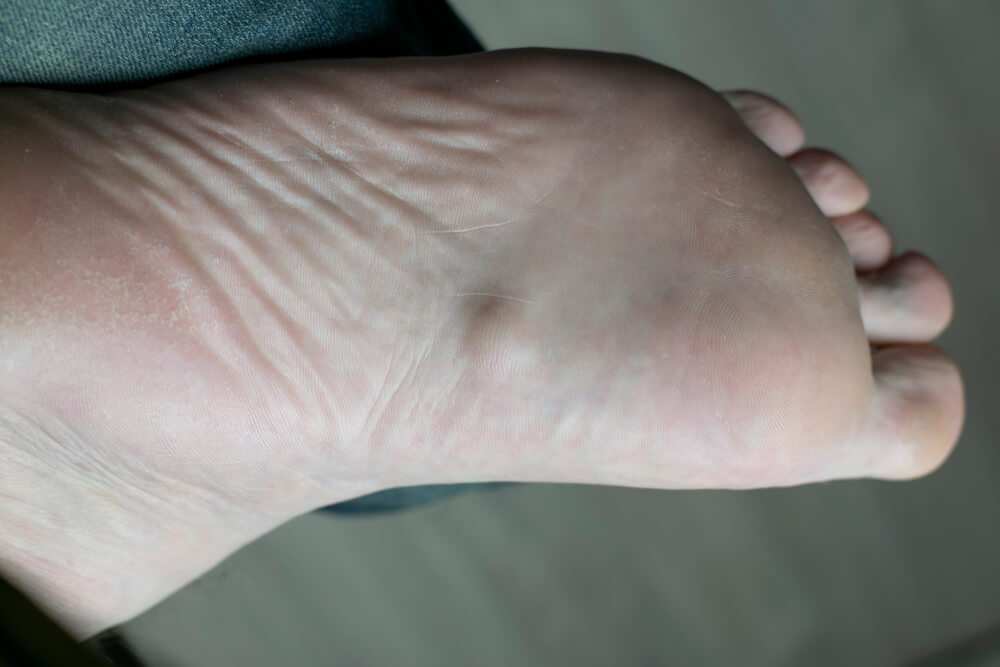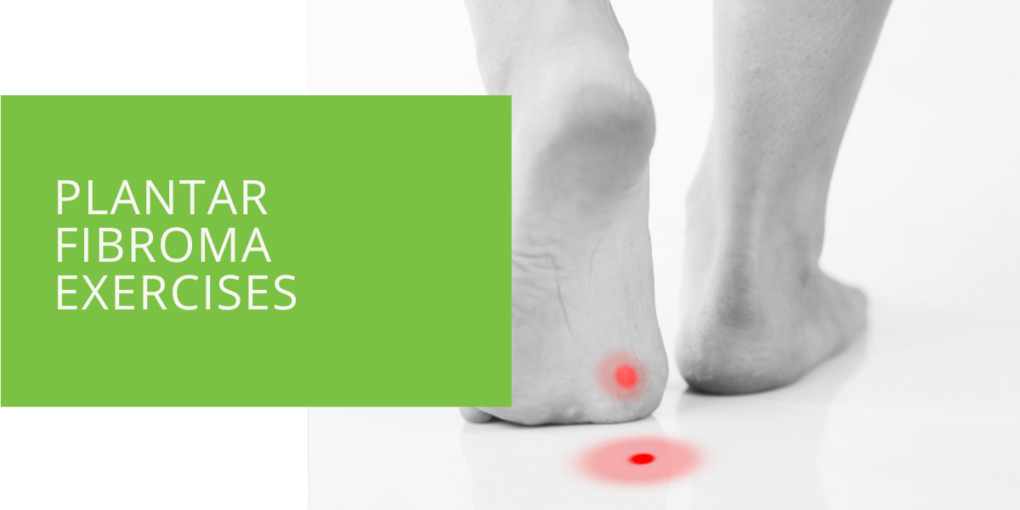Plantar Fibroma Exercises
Plantar fibroma, also known as plantar fibromatosis, is a benign condition characterized by developing fibrous nodules in the plantar fascia. These nodules can cause discomfort, pain, and restricted movement in the foot. While various treatment options exist, incorporating targeted exercises into your routine can significantly manage plantar fibroma and reduce associated symptoms. This article will explore a range of plantar fibroma exercises, focusing on strengthening and stretching techniques that can help alleviate pain, improve foot arch support, and enhance overall foot health.
Understanding Plantar Fibroma
What is a Plantar Fibroma?
Plantar fibroma is a non-cancerous lump that forms in the plantar fascia, the thick band of tissue that connects the heel bone to the toes. It is typically a slow-growing nodule that can vary in size and may cause discomfort, tenderness, or pain when walking or standing.
Diagnosis and Treatment Options
Diagnosing plantar fibroma involves a physical examination of the foot and a discussion of symptoms and medical history. Imaging tests such as ultrasound or MRI may be used to confirm the diagnosis and assess the size and location of the fibroma. Treatment options for plantar fibroma range from conservative approaches to surgical interventions, depending on the severity and impact on daily activities.
Strengthening Exercises for Plantar Fibroma
Importance of Strengthening Exercises
Strengthening exercises are beneficial for individuals with plantar fibroma as they help enhance the stability of the foot, promote better weight distribution, and reduce strain on the affected area. Individuals can improve overall foot function and minimize pain by strengthening the muscles and ligaments surrounding the plantar fibroma.
Recommended Exercises
- Toe Curls with a Towel: Sit flat on the floor and place a towel under your toes. Curl your toes to grip the towel, hold for a few seconds, and release. Repeat for several sets.
- Marble Pick-up Exercise: Scatter marbles on the floor and use your toes to pick them up individually and place them in a container. This exercise helps strengthen the muscles of the toes.
- Arch Lifts: While sitting or standing, lift your arches off the ground while keeping your toes and heels grounded. Hold for a few seconds and repeat.
- Ankle Rotations: Sit on a chair with one leg crossed over the opposite knee. Rotate the ankle of the crossed leg clockwise and counterclockwise for a set of repetitions. Repeat on the other side.
- Calf Raises: Stand with your feet hip-width apart, rise up onto your toes, hold for a second, and then lower your heels back down. Repeat for several sets.
- Eccentric Heel Drops: Stand on a step or curb with your heels hanging off the edge. Slowly lower your heels below the step, feeling a stretch in your calf muscles. Rise back up and repeat.
- Foot and Toe Stretches: Perform stretches like plantar fascia stretches, Achilles tendon stretches, calf stretches, and big toe stretches to improve flexibility and reduce tension in the foot.

Stretching Exercises for Plantar Fibroma
Importance of Stretching Exercises
Stretching exercises are crucial for maintaining flexibility, increasing the range of motion, and relieving tightness in the plantar fascia and surrounding muscles. Regular stretching can help reduce pain, promote healing, and prevent complications.
Recommended Exercises
- Plantar Fascia Stretch: Sit on a chair and cross one leg over the opposite knee. Gently pull your toes back toward your shin until you feel a stretch in the arch of your foot. Hold for 20-30 seconds and repeat on the other side. 2. Achilles Tendon Stretch: Stand facing a wall and place your hands on the wall for support. Step one foot back, keeping the heel on the ground and the knee straight. Lean forward, feeling a stretch in the calf and Achilles tendon. Hold for 20-30 seconds and switch sides.
- Calf Stretch: Stand facing a wall, with one foot forward and the other foot back. Keep both heels on the ground and gently lean toward the wall, feeling the stretch in the calf muscles. Hold for 20-30 seconds and repeat on the other side.
- Toe Extension and Flexion Exercises: Sit on a chair and place a towel on the floor. Use your toes to scrunch up the towel and then spread them out to flatten it. Repeat for several sets.
- Big Toe Stretch: Sit on a chair with one ankle crossed over the opposite knee. Gently pull the big toe upward, feeling a stretch in the bottom of the foot. Hold for 20-30 seconds and switch sides.
- Ankle Dorsiflexion Stretch: Sit on the floor with your legs straight out before you. Loop a towel or resistance band around the ball of your foot and gently pull your toes towards you, aiming to bring your toes closer to your shin. Hold for 20-30 seconds and repeat on the other side.
Additional Tips for Managing Plantar Fibroma
In addition to exercises, there are several other measures you can take to manage plantar fibroma and alleviate symptoms:
- Proper Footwear and Orthotics: Wear supportive shoes with cushioning and arch support. Custom orthotics can also help distribute pressure evenly and reduce strain on the plantar fascia.
- Maintaining a Healthy Weight: Excess weight puts additional stress on the feet. Maintaining a healthy weight can help relieve pressure and reduce the risk of plantar fibroma progression.
- Avoiding High-Impact Activities: Activities such as running or jumping can exacerbate symptoms. Opt for low-impact exercises like swimming or cycling instead.
- Seeking Professional Guidance: Consult with a podiatrist or healthcare professional if conservative measures do not provide sufficient relief. Depending on the severity of the fibroma, they can recommend additional treatments, such as corticosteroid injections, shockwave therapy, or surgical intervention.
Conclusion
Incorporating targeted exercises into your daily routine can significantly contribute to managing plantar fibroma. Strengthening and stretching exercises help improve foot arch support, reduce pain, and enhance overall foot health. Alongside exercises, it's important to follow additional tips such as wearing proper footwear, maintaining a healthy weight, and seeking professional guidance when necessary. Adopting a comprehensive approach to plantar fibroma care allows you to effectively manage the condition and enjoy a pain-free stride again. Always consult a healthcare professional before starting any exercise regimen or treatment plan.

